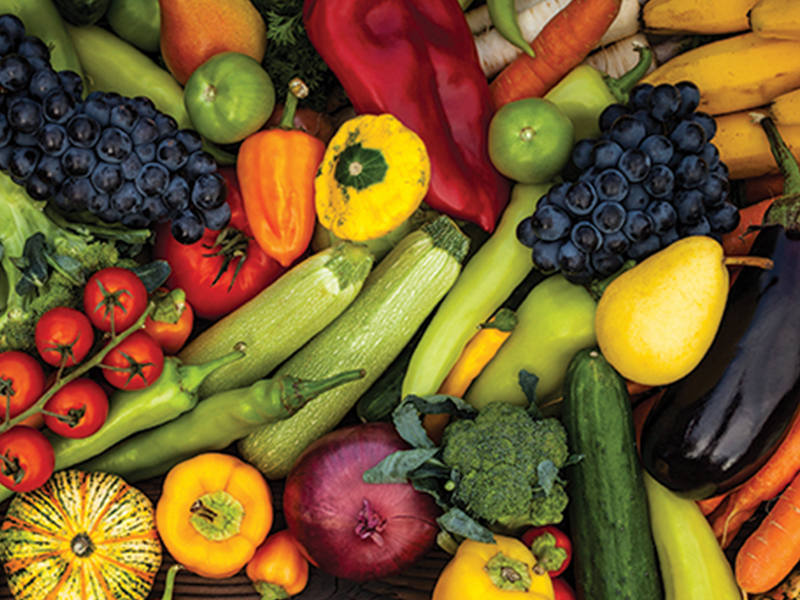
Food composition data is a valuable tool that can be used to encourage more Australians to purchase and consume fruit, nuts and vegetables.
Delivered by Curtin University, the project Nutritional analysis of across horticultural commodities (ST19036) updated the national food composition data for edible Australian-grown horticultural commodities by using current analytical methods to measure the nutrient content of plant food samples that represent the current growing conditions in Australia.
The research delivered profiles for 150 nutrients across more than 90 Australian-grown fruit, vegetable and nut commodities and, for relevant nutrients, the percentage of the Recommended Dietary Intake of certain nutrients available from one serving of food.
Why is this research needed?
Plant foods are naturally nutrient-dense, a valuable attribute that marketing can highlight. To enable the marketing and promotion of food products, accurate food composition data is needed to identify key nutrients.
Australia has lacked up-to-date food composition data for many horticultural commodities. The majority of data reported in the Australian Food Composition Database for many fresh fruits and vegetables were generated more than 30 years ago.
Nutrient content may vary by geographical or climatic conditions, production method and variety within commodities, which may change over time. The methods used to measure many nutrients have also improved over time, allowing more accurate reporting across a greater range of nutrients.
Investment by the horticultural industry was crucial for generating current and representative food composition data for a broader range of horticultural commodities. Resources to support analytical programs to update food composition data are extremely limited outside the industry.
What did the research aim to do?
The project had three key objectives:
- To develop a sampling plan in liaison with Food Standards Australia New Zealand for updating the national food composition data for edible horticultural commodities in Australia.
- To produce accurate, reliable and representative food composition data for edible horticultural commodities in Australia for inclusion in the Australian Food Composition Database.
- To calculate the percentage of the daily intake for nutrients and energy obtained from consuming one serving of the food.
Nutrient data gaps and data that needed updating were identified in collaboration with Food Standards Australia New Zealand and the Australian Food Composition Database manager.
A sampling plan was developed to purchase commodities at the peak of their season. To capture the natural geographical variation in nutrient composition, 6-19 purchases per commodity were made across three cities (Sydney, Melbourne and Perth), resulting in 932 purchases. These food samples were analysed for relevant nutrients, including proximates, organic acids, vitamins, minerals, fatty acids and antioxidants at the National Measurement Institute of Australia.
Who will this research benefit?
This research will benefit a wide range of stakeholders, including:
- Growers and other industry stakeholders: to identify, label and promote commodities as good sources of key nutrients.
- Consumers: to identify and select good food sources of key nutrients.
- Health educators and professionals: to recommend horticultural produce based on nutrient content and to develop appropriate public health nutrition messages.
- Researchers and health professionals: to estimate and optimise intakes of nutrients from plant foods.
- Food regulatory bodies: to monitor relevant nutrients in the food supply.
Where will the information be made available?
The new food composition data will be freely available through future releases of the Australian Food Composition Database.
The project has also provided nutrient composition data updates to other Hort Innovation-funded projects conducting scientific literature reviews for specific industry sectors, namely, the citrus, sweet potato, avocado, nut, mushroom, melon and onion industries.
